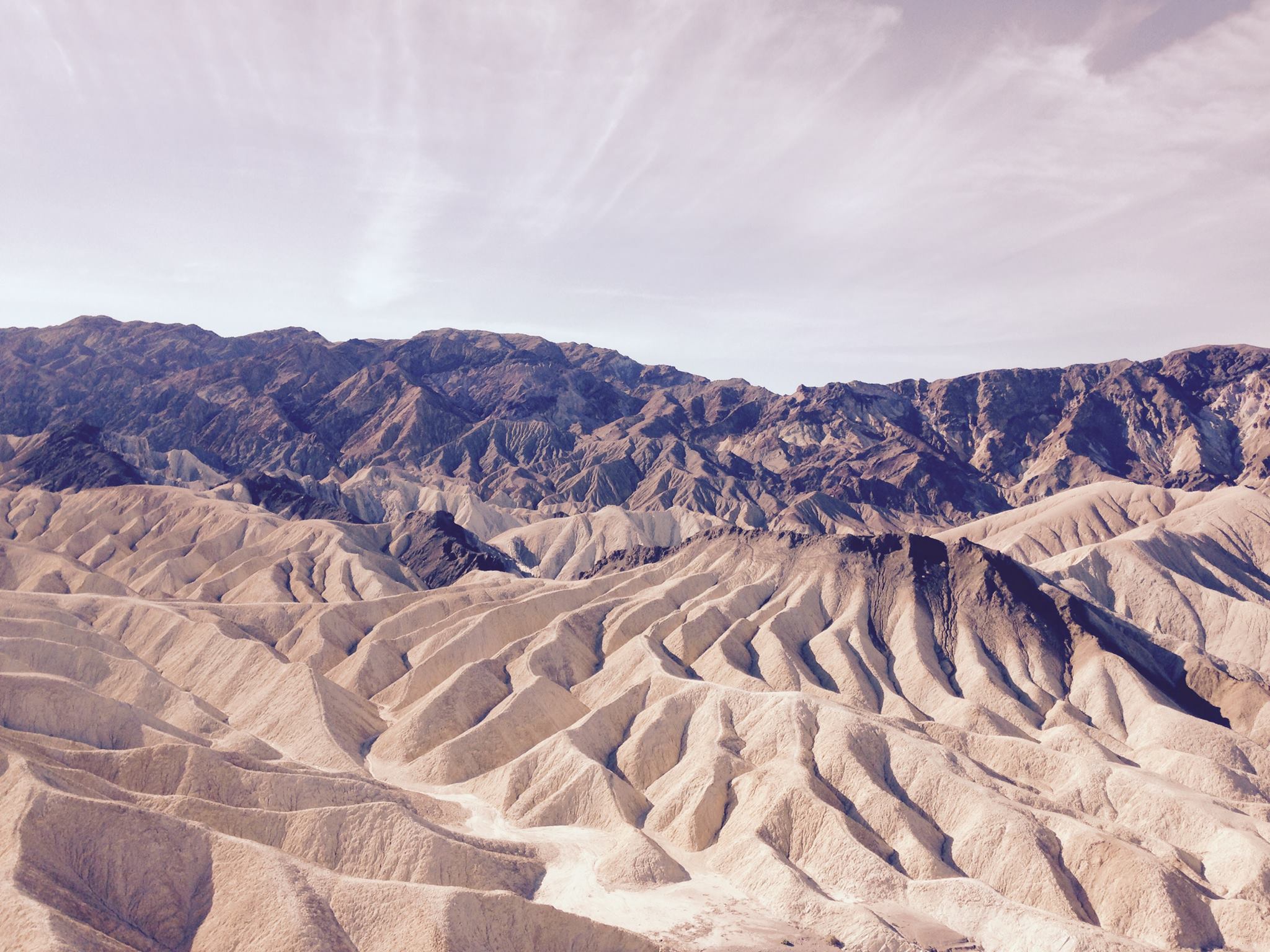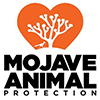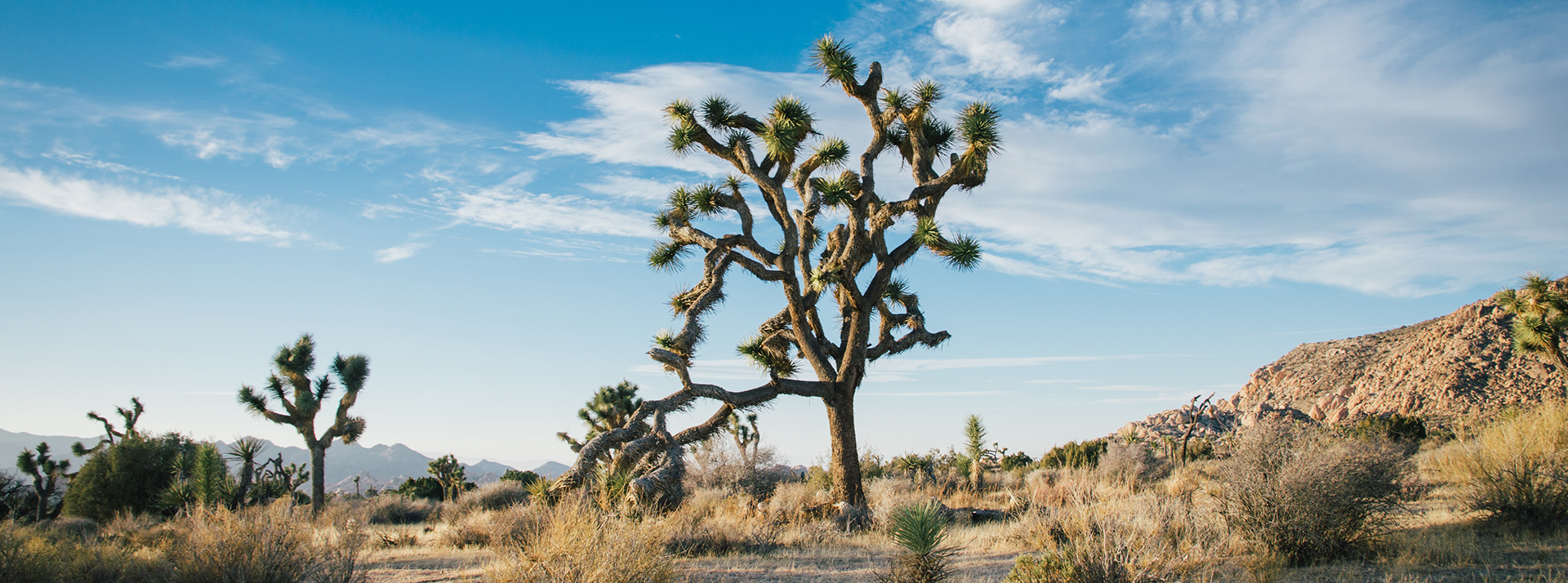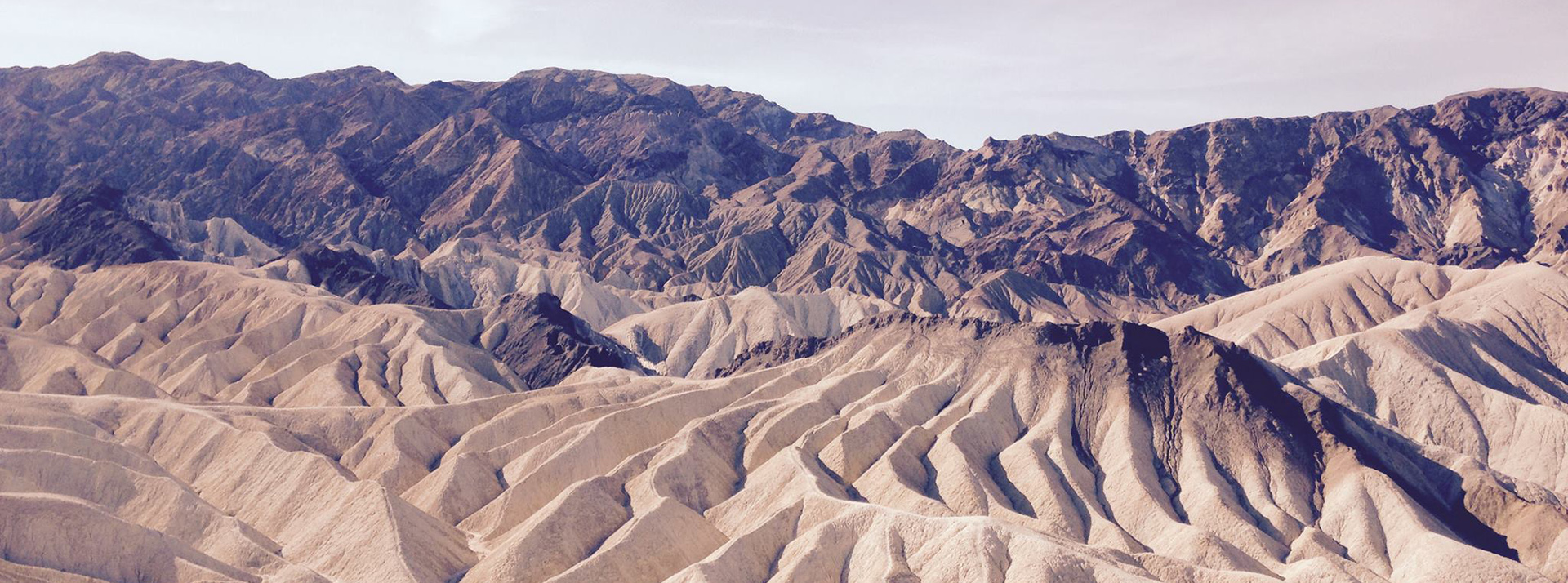 A total of sixteen counties in four separate states lie within the Mojave Desert, including a portion of greater Los Angeles and all of Las Vegas. The region has a population of over 30 million (9.5% of total US population) with an additional 100 million people visiting annually.
A total of sixteen counties in four separate states lie within the Mojave Desert, including a portion of greater Los Angeles and all of Las Vegas. The region has a population of over 30 million (9.5% of total US population) with an additional 100 million people visiting annually.
There may be as many as 700 species of animals and 2,000 species of plants in the Mojave Desert. The natural habitat remains only 50% intact–half of the Mojave’s land has been altered or disturbed. The area of the Mojave that remains undisturbed shrinks daily due to urban sprawl, energy and military expansion, mining, illegal off-road recreation use, and landfill for the disposal of trash from Los Angeles County. In the past twenty years, habitat loss due to urban sprawl from the greater Las Vegas area has increased by more than 500%.
Two of the Mojave’s fauna and flora indicator species, the Mojave Desert Tortoise and the Joshua Tree, mature slowly. The lifespan of a Mojave Desert Tortoise is about 50 years, with some living to be as old as 80. Tortoises do not reproduce until 15-20 years of age. A Joshua Tree grows approximately 3 inches a year for the first ten years and then an additional 1.5 inches annually. It takes Joshua Trees 60 years to mature, with most reaching a height of 20 feet and living around 175 years. The slow maturation of both these species (and the fact that Desert Tortoises spend up to 95% of their lives hidden in burrows!) makes determining the precise state of the Mojave ecosystem impossible. Evidence of the damage done to the flora and fauna populations by human activity can be delayed by as much as 15 years. As a result, the Mojave’s health today won’t be known until around the year 2040. Despite this time lag, research suggests that without intervention the number of Joshua Trees, a plant endemic to the Mojave, will be reduced by 90% by the end of this century.


